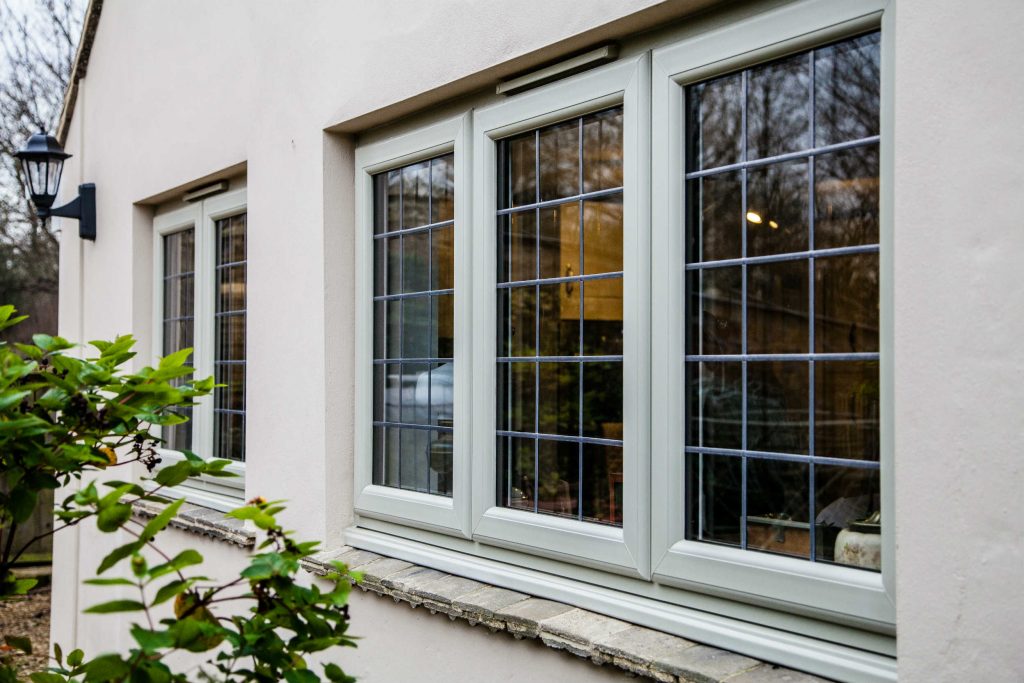All Categories
Featured
Table of Contents
Double Glazed Windows Sydney in Bibra Lake WA
That window can transfer more solar heat in winter season than in summertime. A west-facing window on a summer's afternoon has an angle of occurrence from near 0 as much as 30 with a large efficient location of solar radiation. A north-facing window, in summer season, has a high angle of occurrence and a low reliable location of solar radiation, so can transfer less heat than a west-facing one.
![Best Way To Block Sun Heat From Windows [Professionally] in Jolimont Perth](https://www.inveka.co.uk/content/images/page/images/modern-double-glazing-can-help-keep-your-home-cool.jpg)
You can rapidly and easily improve the thermal performance of your house by replacing your windows. There are thousands of types of glass and frames to choose from.
Single Vs Double Vs Triple - Which Window Is Right For Your ... in Leeming Perth
There are various kinds of glass products to select from. Single glazing utilizes a single pane of glass. Single glazing with clear glass is not extremely efficient when it pertains to heat loss or gain. To enhance efficiency, you can utilize single glazing with a more energy-efficient type of glass such as low emissivity (low-e) glass.
Multiple layers can be put together with sealed cavities in between each sheet of glass. IGUs generally use much better energy efficiency than single glazing, since they transmit less energy. The energy performance of IGUs also depends on: the residential or commercial properties of each layer of glass. Various glass types (for example, clear and low-e glass) can be created in an IGU.
Why Does Double Glazing Help To Keep Us Cool In Summer? in Walliston Western Australia

IGU cavities can be filled with air or a more inert, low-conductivity gas such as argon the width of the cavity. Cavity thickness is normally 6 to 18mm. Larger cavities provide lower (much better) U values, with 12mm typically accepted as the preferred gap how well the cavity is sealed. Cavities must be dry and well sealed to prevent moisture getting in.
If argon is set up to the cavity in location of air, moisture is reliably excluded the level of desiccant (drying representative). The spacer (metal or polymer strip) that separates the glass layers includes a desiccant to absorb any moisture. Insufficient desiccant might cause wetness to condense on the glass surface in cold conditions, minimizing thermal performance.
Why Do You Need Double Glazing Windows In Summer? in Myaree Perth
In fact, IGUs can deliver much better energy efficiency for all environments, particularly in heated and air-conditioned houses. Cross-section information of single, double and triple-glazing systems Low emissivity glass (frequently called low-e glass) minimizes heat transfer. Low-e glass might be either high or low transmission: High transmission low-e glass has a coating that enables daytime from the sun to pass into your home to attain good solar heat gain, but reduces the quantity of the long wavelength infrared heat that can get away back through the window.
Low-e glass has either a pyrolytic finishing or a vacuum-deposited thin film metal finish. Pyrolytic coatings are long lasting and can be used for any glazing; vacuum-deposited coverings are soft and are only utilized within IGUs. Low-e finishings can considerably improve both U value and SHGC; nevertheless, they need to be used correctly or they will either weaken or stop working to perform as needed.
Techniques For Double Glazing Windows in Darling Downs Western Australia
Low-e coverings can be used in mix with clear, toned or reflective glass. Low-e finishings on glazing can decrease heat transfer where needed Picture: Department of Market, Science, Energy and Resources Toned glass has actually colouring ingredients consisted of during manufacture. It is readily available in numerous colours, normally bronze, grey, blue and green.
Table of Contents
Latest Posts
Triple Glazing Vs. Double Glazing: What Are The Differences? in Willetton Western Australia
Help Control Your House Temperature With Double Glazing ... in Martin Western Australia
How To Diagnose And Fix Misted Double Glazing in Hovea Perth
More
Latest Posts
Triple Glazing Vs. Double Glazing: What Are The Differences? in Willetton Western Australia
Help Control Your House Temperature With Double Glazing ... in Martin Western Australia
How To Diagnose And Fix Misted Double Glazing in Hovea Perth